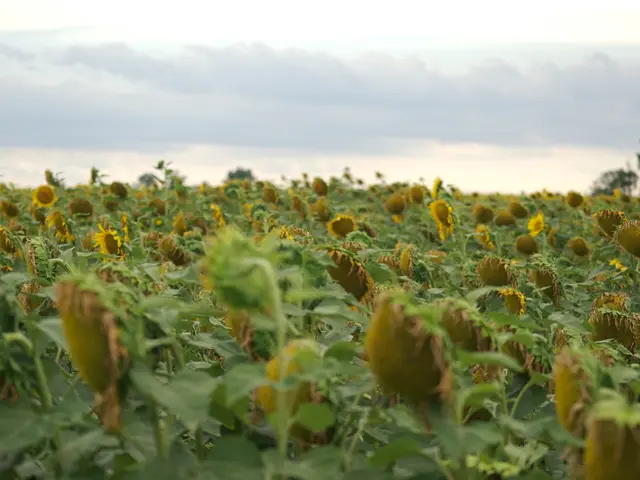Blooming Sakura of Kazakhstan
In the heart of Kazakhstan, the city of Almaty comes alive each spring with the arrival of the blooming apricot trees. This annual spectacle is not just a natural wonder, but a cultural and historical symbol that deeply resonates with the region's identity and agricultural traditions.
Historically, Central Asia, including the Almaty region, has been one of the original centers of fruit domestication, particularly for apples and apricots. The wild apple forests near Almaty are renowned, symbolizing the national pride and natural heritage of Kazakhstan. While these forests and the apricot trees embody the natural bounty of the region, urban development has threatened some of these natural landscapes, leading to protection efforts such as the creation of the Ile-Alatau National Park. This park aims to conserve wild apple varieties and local biodiversity, indirectly preserving the cultural significance of fruit trees, including apricots.
The sensory presence of blooming apricots—their fragrance in the air—is culturally significant as a symbol of fertility, abundance, and regional identity in Almaty. The blooming of apricot flowers and the appearance of fruits celebrate new life's triumph over winter winds and frost, delighting Earth's inhabitants.
The common apricot, a native species to the Tien Shan mountains, is listed in Kazakhstan's Red Book as a species with a decreasing range and population. This highlights the need for conservation efforts to protect this important part of the region's natural heritage.
In cultural contexts, fruit blooming events, including apricots, mark important seasonal transitions celebrated in local markets and festivals, connecting people to traditional agricultural cycles and the natural environment. While specific folklore or festivals directly tied to apricot bloom in Almaty may not be detailed, the references to apricots alongside apples in the region emphasize their role in Central Asian agriculture and cultural expression.
Our photographer has captured iconic Almaty spots and locals amidst the blooming apricot trees, immortalizing the beauty of this springtime event. The blooming of apricot trees in Almaty is a spectacle that rivals Japan's cherry blossom season, a testament to the region's rich fruit cultivation history within Central Asia.
Despite the challenges posed by human activity, the blooming apricot in Almaty continues to symbolize hope, renewal, and the enduring connection between people and nature. Connoisseurs of beauty are enjoying the spectacle of blooming apricot trees in Almaty this spring, a reminder of the region's cultural and ecological treasures.
Home-and-garden activities like gardening present an opportunity to cultivate and appreciate the local apricot trees in Almaty, contributing to the preservation of the environmental science involved in their conservation. The rich tradition of apricot cultivation in the region has extended beyond agriculture, influencing the lifestyle and cultural Identity of Almaty, reminiscent of the home-and-garden practices of Central Asia.
Science plays a crucial role in understanding and sustaining the population of the common apricot, a native species listed in Kazakhstan's Red Book. Despite the declining range and population of these trees, ongoing research in environmental science can help determine effective strategies for their protection.
In the spirit of celebrating new life and the renewal of the natural environment, embracing gardening and home-and-garden activities focused on apricot trees in Almaty can have a significant impact on conserving this essential part of the region's cultural and ecological heritage.






